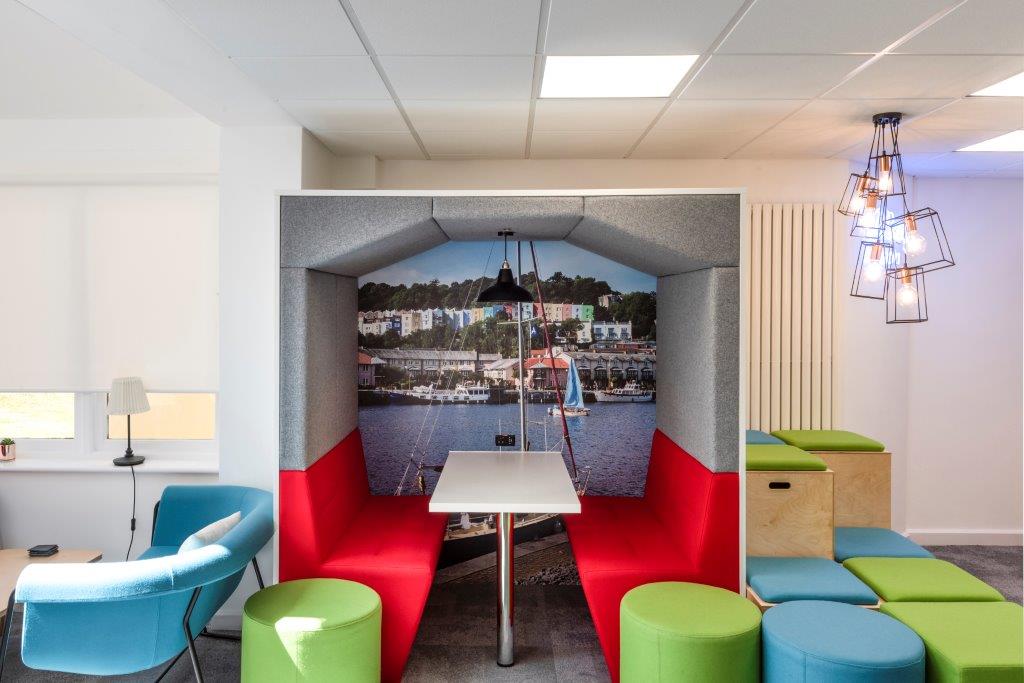From the very first moment you enter an unfamiliar room, its purpose should be instantly apparent. The décor should set the tone for the occupants spending time in the environment; the furniture and indoor design should support inclusion, wellbeing and productivity.
Educational areas can present a variety of design challenges. Some are easier to add splashes of inspiration to than others. A bright, uplifting art studio boasting generous high-ceilings and an abundance of natural light, is an easy image to visualise; yet creative spaces in schools more often than not receive an unfair share of the quota for innovative design. And whilst good design is obvious, the cliché dictates that great design, is in fact, transparent.
Which brings us on to the challenge of how to effectively bring to life a study space. A space that by its very nature, demands minimal distraction, whilst at the same time provides the opportunity for low-level collaborative interaction.
As with all design implications for educational environments, the number one consideration must be: What is the space going to be used for? An area can emit ambience aplenty, but if it doesn’t offer functionality, it will remain largely underutilised. It is vital to establish whether any intended study zone is primarily for private study, or if it also needs to cater for group work? It is also important to speak to those who will be using the space, to discover what their essential requirements might be.
Each design process should begin by clearly determining intentions, from the choice of flooring to the functionality of the furniture. Attempting to diagnose a one-size-fits-all solution to building an effective study space is complex, but distinctions can certainly be made and applied to different situations and scenarios. Here are our 3 key points for consideration when deciding how to best maximise a designated study space.
I need a space that is a mix of private and collaborative spaces.
This is perhaps the most common requirement for a study area. A space that is largely flexible in its use and can be utilised by the widest range of students. It is vital to ensure that in attempting to provide functionality for everyone, the result doesn’t end up being an area that is actually suitable for none. It’s important to recognise that a mixture of zones doesn’t need to involve compromise. By carefully selecting the appropriate furniture, each inch of space can be exploited to its full capacity. Consider the use of private study booths to allow for opportunities of independent learning, crucial for nurturing the skill of self-regulation and time management. And at a suitable distance from these independent zones, contemplate using large round tables or high-top surfaces with bar stools, ideal for more informal collaboration.I need a space that promotes tutor and student interaction.
Effective education relies on constant communication, both in and out of the classroom. The opportunity for teachers and pupils to engage outside of lessons is invaluable in providing truly bespoke guidance. In this instance, glass panelled rooms can allow for 1:1 coaching, creating privacy without compromising safeguarding policy.I need clear lines of supervision.
A productive and dynamic study space needs to be well managed, which in turn relies on establishing high expectations in terms of student behaviour. In order to provide a calm yet stimulating environment in which to maximise productivity, open and wide spaces that provide clear lines of vision are fundamental.
An aspect or a view from a window can equally enhance wellbeing and creativity



